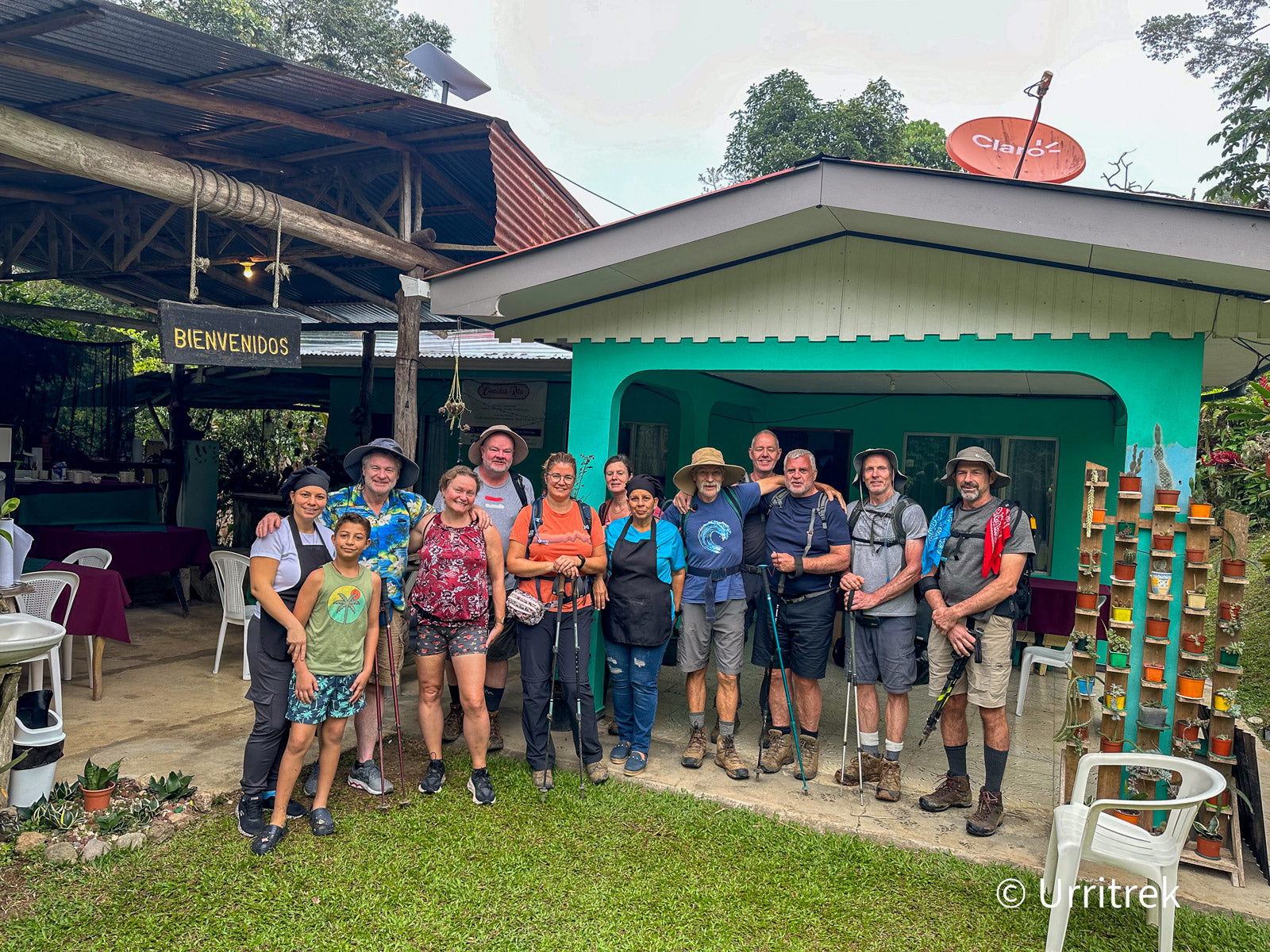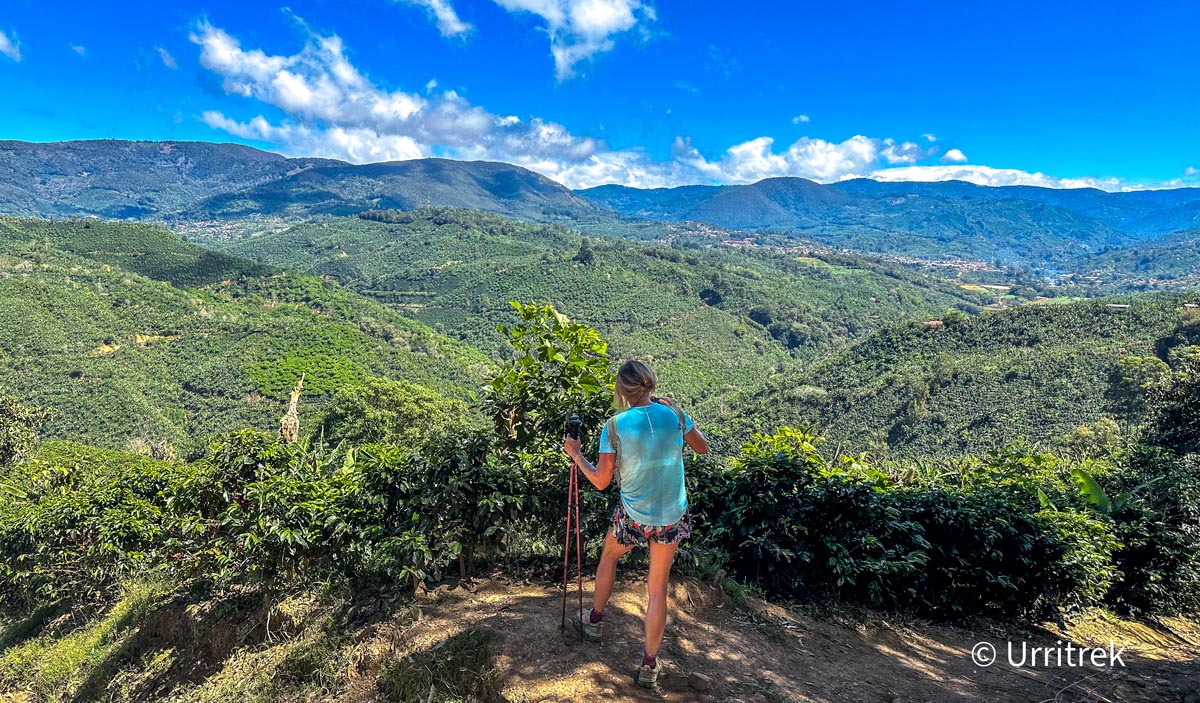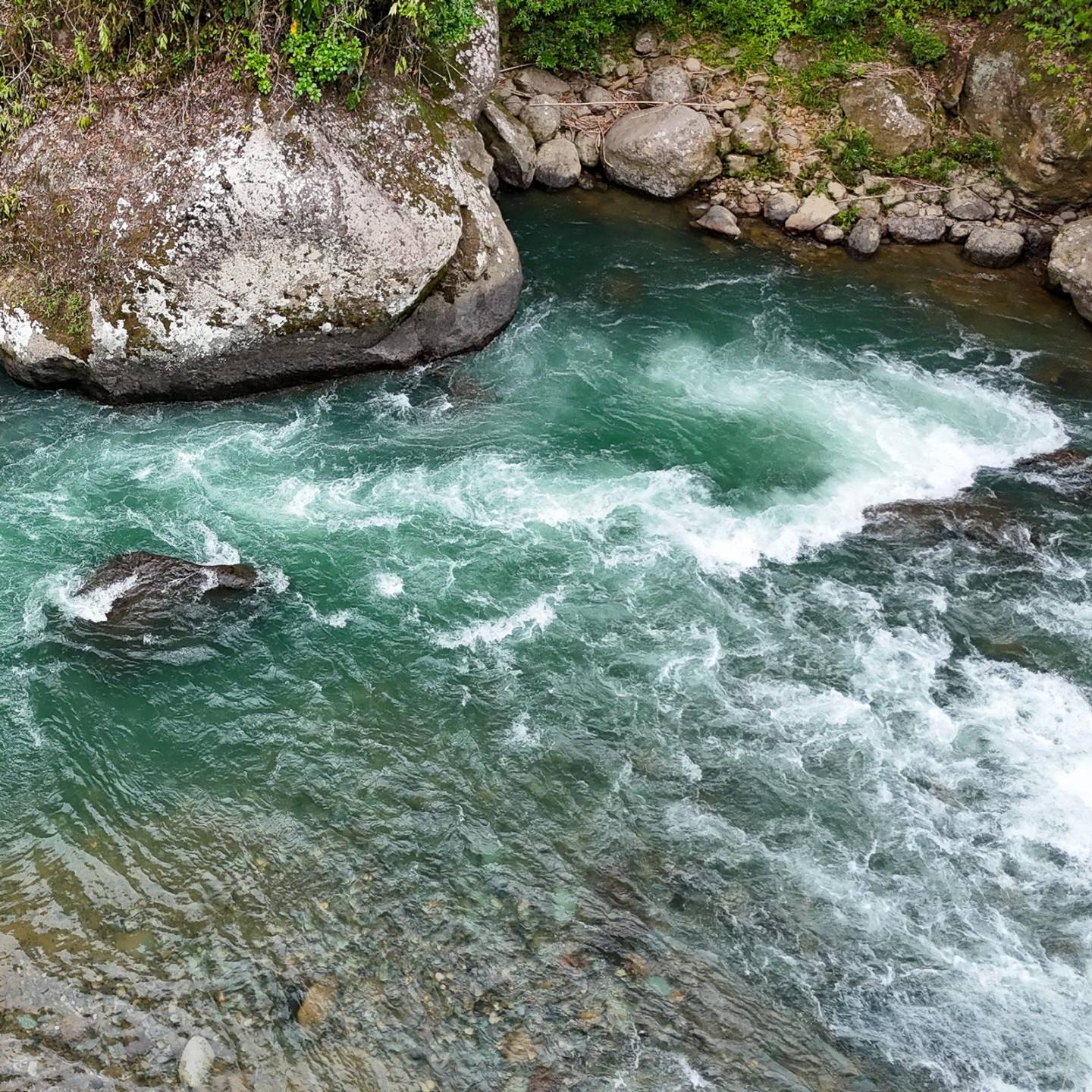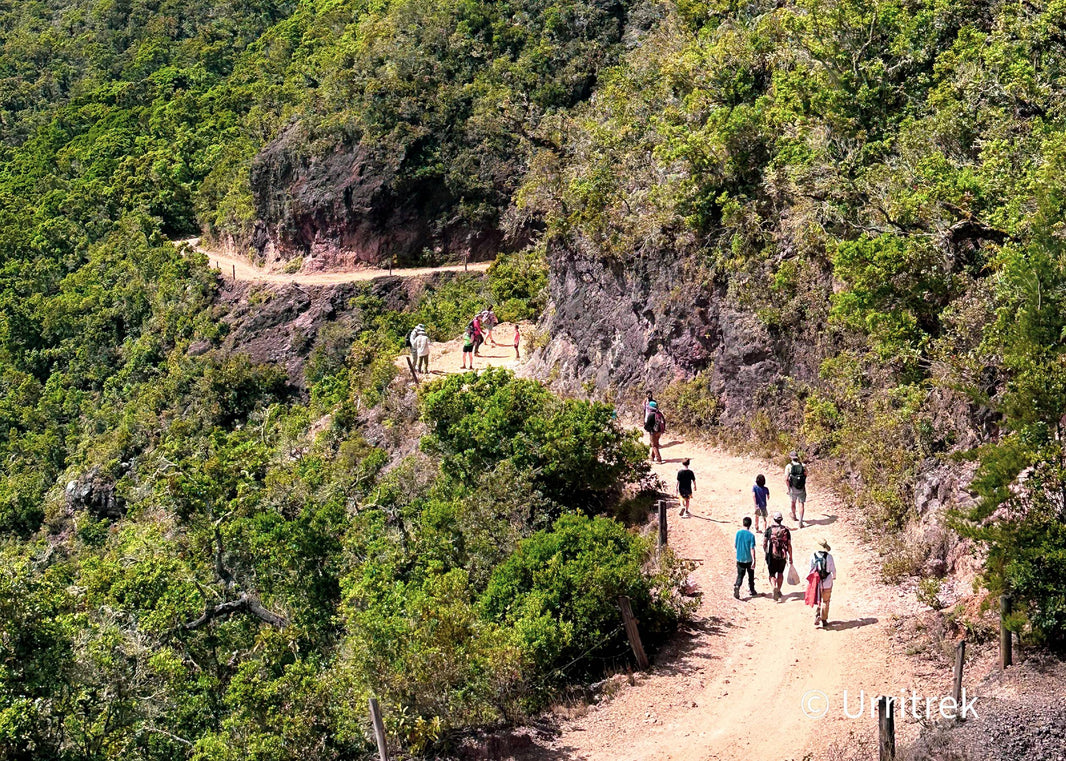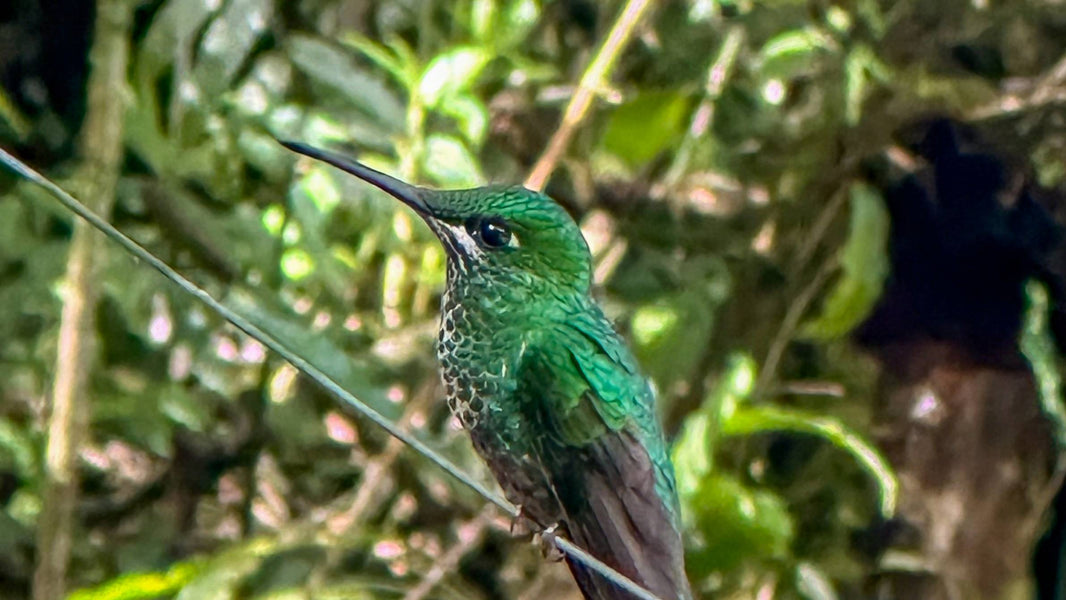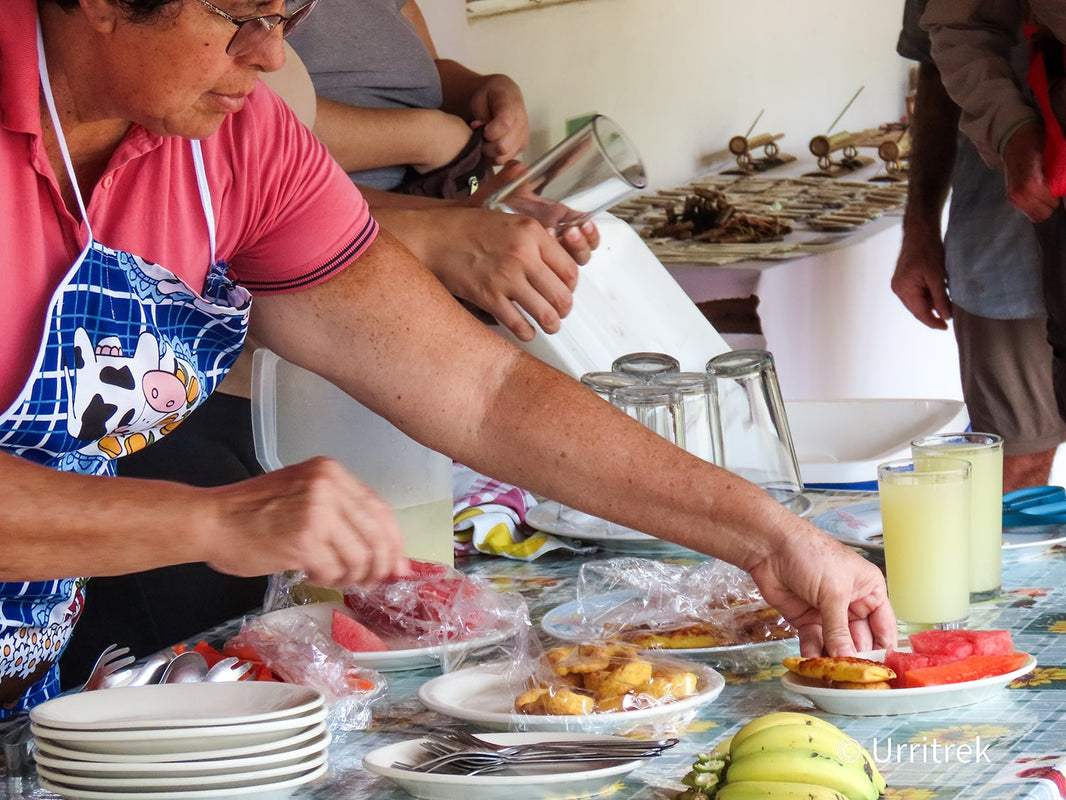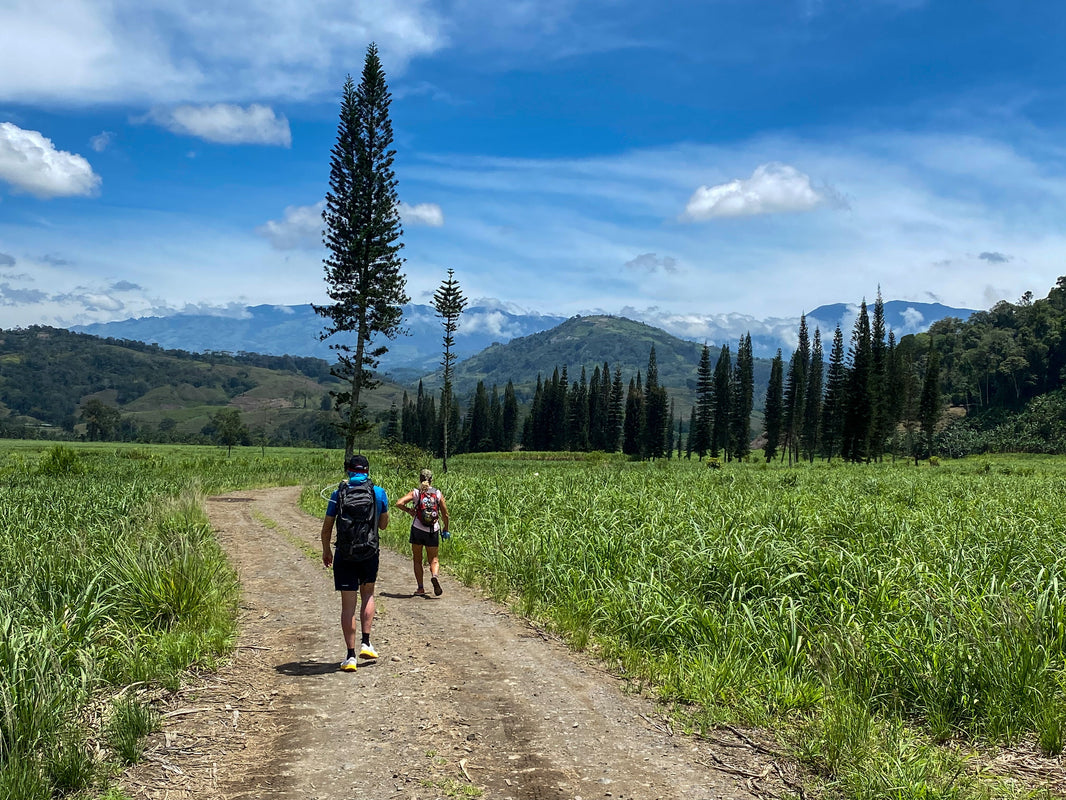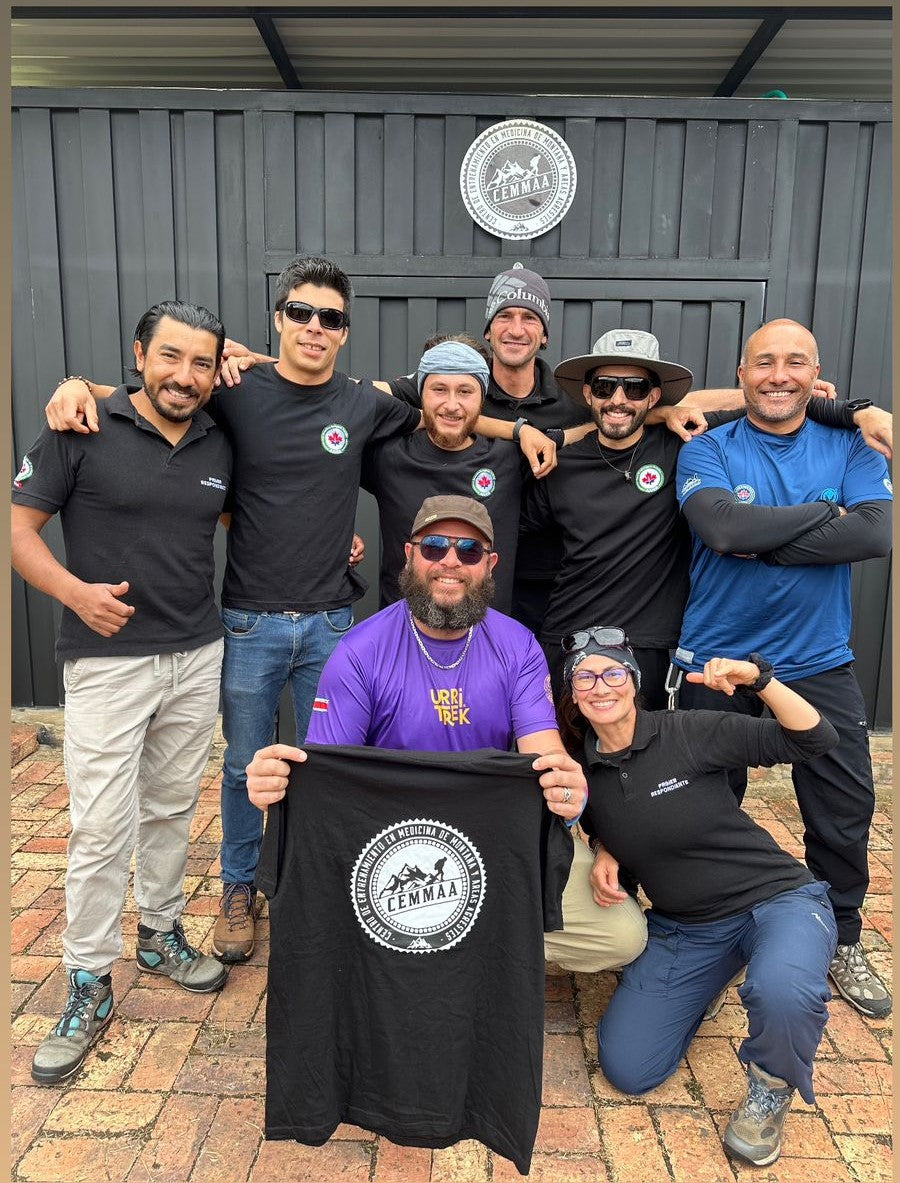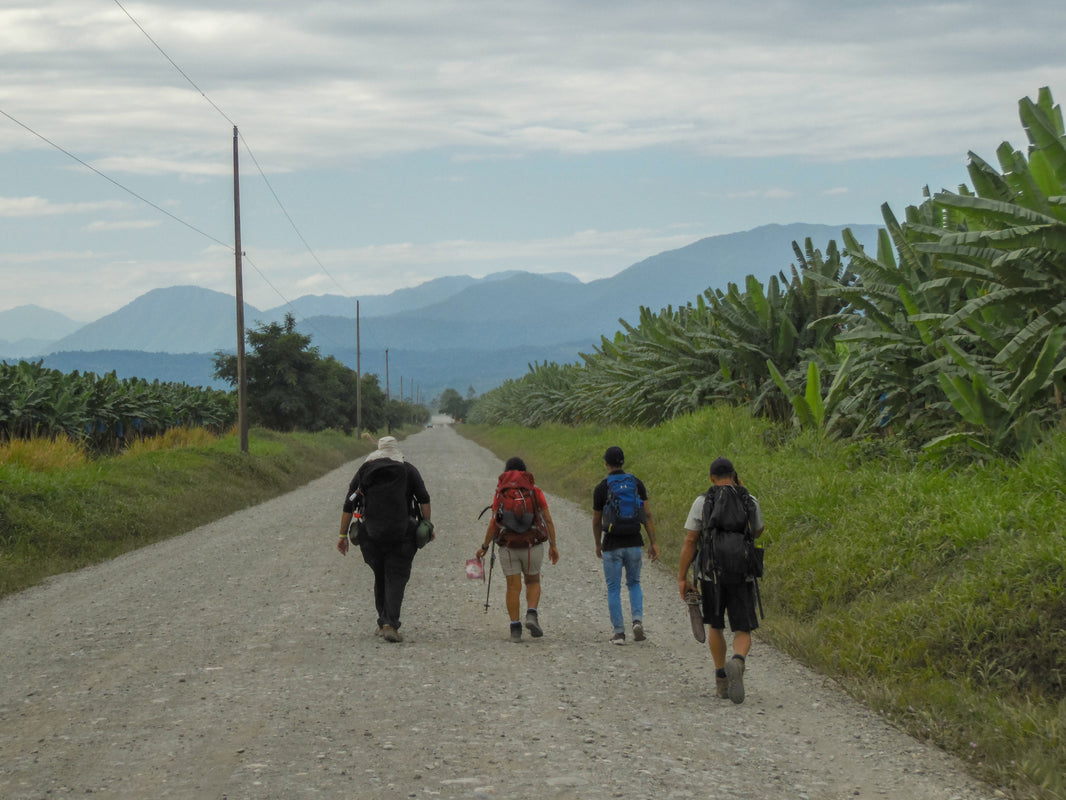

Key aspects to consider, for El Camino de Costa Rica hiking
Humidity
One of the most difficult factors to manage on the Camino de Costa Rica. The first four stages and the last two of the Pacific route have very high humidity levels. This can be especially challenging for those coming from colder climates, as transitioning from low temperatures to walking in 30°C under the sun with high humidity can be exhausting. It is essential to wear appropriate clothing and mentally prepare for this change.
Heat
During the day, temperatures can reach very high levels, especially when the sun is at its peak. It is crucial to carry an umbrella or wear clothing that mitigates the effects of the heat. Additionally, training in similar environments before starting the journey can help your body acclimate and improve your heat tolerance.
Hydration
Hydration is vital when walking under conditions of heat and humidity. It is not enough to drink water; it is important to complement hydration with serums or tablets that help absorb minerals and electrolytes. This will allow your body to better withstand the physical effort involved in the journey.
Food
Costa Rican cuisine is based on rice and beans, with variations that include chicken and fish. A typical breakfast might include "Gallo Pinto," a mix of rice and beans. If you are not used to this diet, you might experience some indigestion. However, these foods are energetic and will provide the strength needed for the hikes.
Hills
The Camino de Costa Rica has considerable elevations that, combined with the heat, represent the greatest physical challenge for hikers. Many people are not accustomed to climbing hills, so it is important to include ascent training in your physical preparation before starting the journey.
Sleeping
If you choose to book a shared room, you should be aware that noises such as snoring, barking dogs, or crowing roosters are common in rural areas. Bringing a pair of earplugs can be very helpful, especially if you are a light sleeper.
Safety
Always follow your guide's instructions and stay on marked trails. Be aware of your surroundings and local hazards, such as slippery paths and river crossings.
Local Wildlife
Costa Rica is home to diverse wildlife. Learn about the animals you might encounter and how to interact with them safely. Avoid feeding or approaching wild animals.
Environmental Responsibility
Practice Leave No Trace principles. Pack out all trash, minimize your impact on trails, and be respectful of wildlife habitats.
Footwear and Gear
Invest in quality hiking boots and gear suitable for tropical climates. Bring a rain jacket, hat, sunscreen, and insect repellent.
Fitness Level
Assess your fitness level honestly. Train by doing long walks, uphill hikes, and endurance exercises to prepare for the physical demands.
First Aid and Health Precautions
Carry a basic first aid kit, including bandages, antiseptic, and any personal medications. Know basic first aid and how to treat blisters and minor injuries.
Navigation and Maps
Although guided, it’s helpful to carry a map and understand the route. GPS devices or apps can also be useful.
Cultural Highlights and Points of Interest
Research the cultural and historical landmarks along the trail. Make time to visit and appreciate these sites to enrich your hiking experience.


